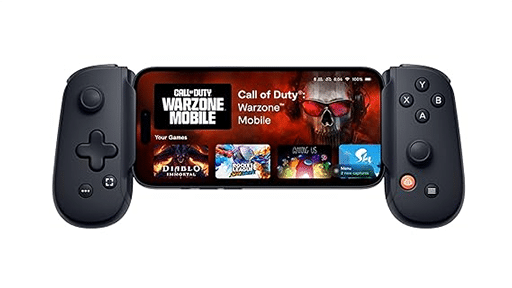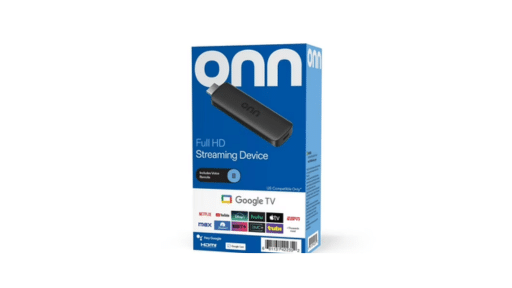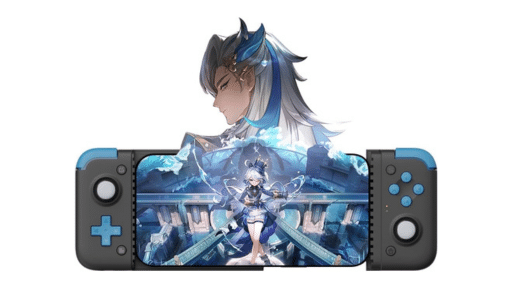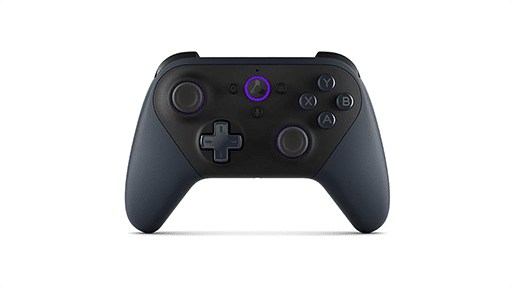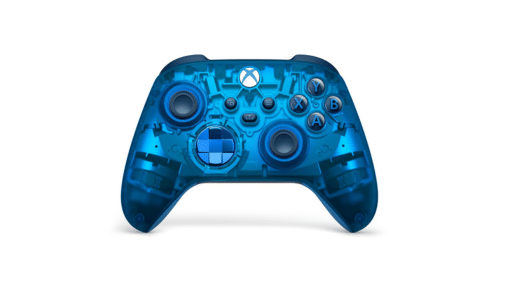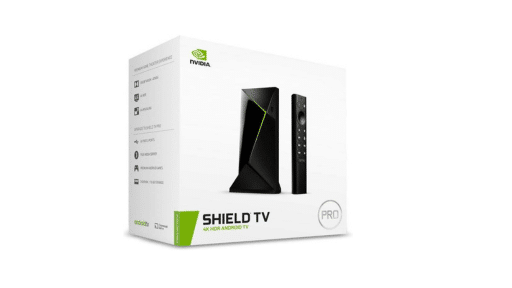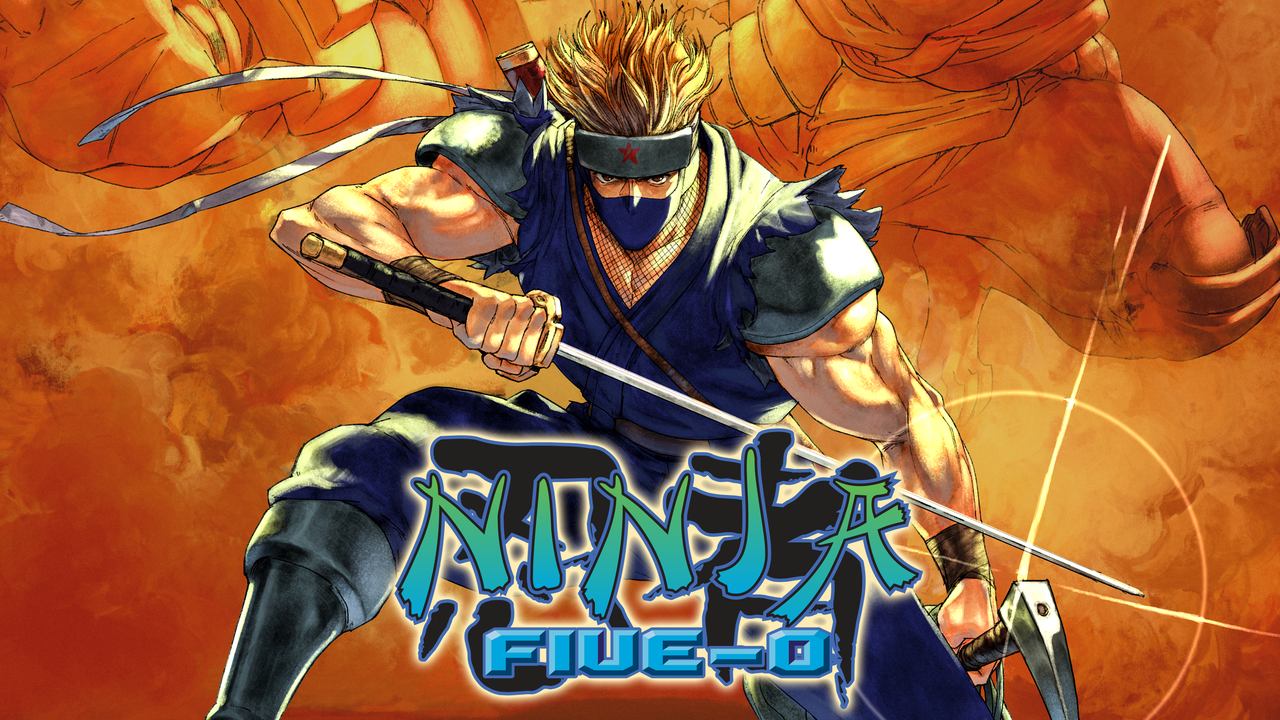
I’ll be honest, I totally missed Ninja Five-O when it first released on the Game Boy Advance. It wasn’t until years later, when I stumbled across a forum thread calling it a hidden gem, that I even knew it existed. By then, finding a copy was a lost cause unless I wanted to drop a small fortune on eBay. Thankfully, Konami’s re-release finally makes this rare Game Boy Advance title widely available, bringing its fast-paced ninja action to modern platforms.
Originally released in 2003, Ninja Five-O is a side-scrolling action game that blends elements of Shinobi, Ninja Gaiden, and Shadow of the Ninja. You play as Joe Osugi, a modern-day ninja cop tasked with stopping a criminal group armed with magical masks. The game’s mix of sword combat, shuriken attacks, and a versatile grappling hook makes for a mechanically rich experience. Now, with save states, rewind functionality, and display options, this version makes the game more accessible without taking away its challenge.
But how does Ninja Five-O hold up after two decades? Let’s take a closer look.
A Ninja on a Mission
Ninja Five-O keeps its story simple. You play as Joe Osugi, a ninja cop tasked with stopping the Mad Masks, a criminal group armed with magical masks that grant them dangerous abilities. Missions take you through locations like a bank, a harbour, and an airport, where you’ll take out enemies, rescue hostages, and hunt down the gang’s leaders.
There aren’t many story beats beyond that, but it works for the kind of game this is. Cutscenes are minimal, and there’s no deep character development—just quick setups before throwing you into the action. Honestly, I didn’t mind. The game moves fast, and stopping for lengthy dialogue or exposition would’ve slowed things down. It feels like an old-school arcade game where the premise is just enough to justify the action. You get in, take out bad guys, and move on. For a game that’s all about smooth movement and combat, that’s all it really needs.
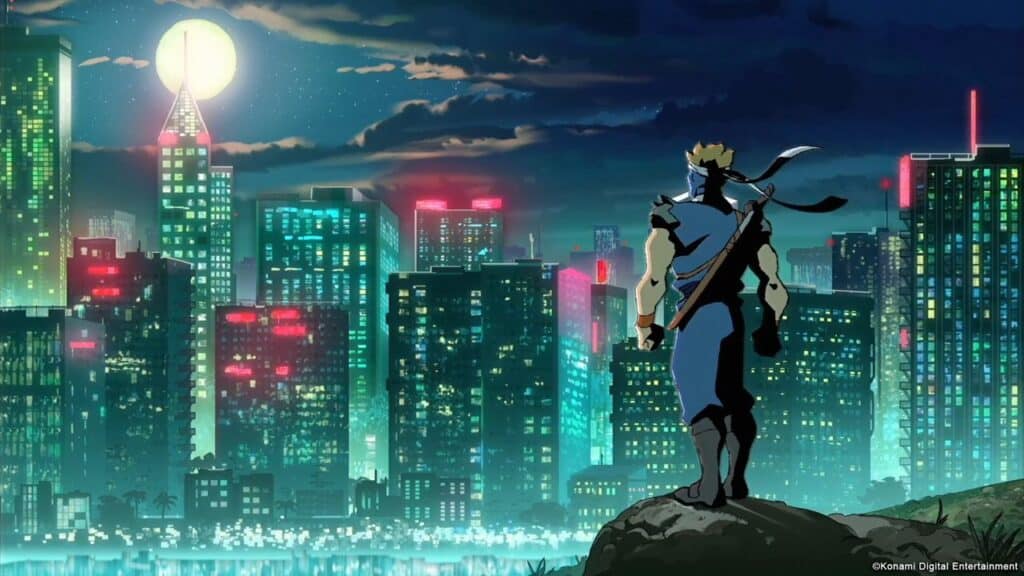
Swing, Slash, and Shuriken
Ninja Five-O keeps things simple but challenging. You’ve got a sword for close combat, shuriken for ranged attacks, and a special ability that clears the screen when fully charged. The goal in each level is straightforward: take down enemies, grab keys, and rescue hostages. But the real fun comes from the movement.
The grappling hook is the game’s most unique mechanic. At first, I couldn’t get the timing right. I’d swing too low, slam into walls, or completely miss my target. More than once, I sent myself flying straight into enemy fire. But after a few stages, something clicked. I started using momentum properly, chaining swings between platforms and dodging bullets mid-air. When it finally came together, the game felt completely different—faster, smoother, and way more satisfying.
Boss fights take full advantage of the grappling hook. You can’t just stand there and trade blows; you have to stay mobile, dodging attacks while looking for an opening. Some fights even use the environment against you, forcing you to time swings perfectly or risk taking damage. These moments make each battle feel unique and keep the action from getting repetitive.
The game isn’t easy, but the modern version’s rewind feature helps soften some of its rougher edges. It’s still a challenge, but now mistakes don’t mean starting over from scratch. Once you get used to the movement, Ninja Five-O delivers a tight, responsive experience that makes every stage fun to master.
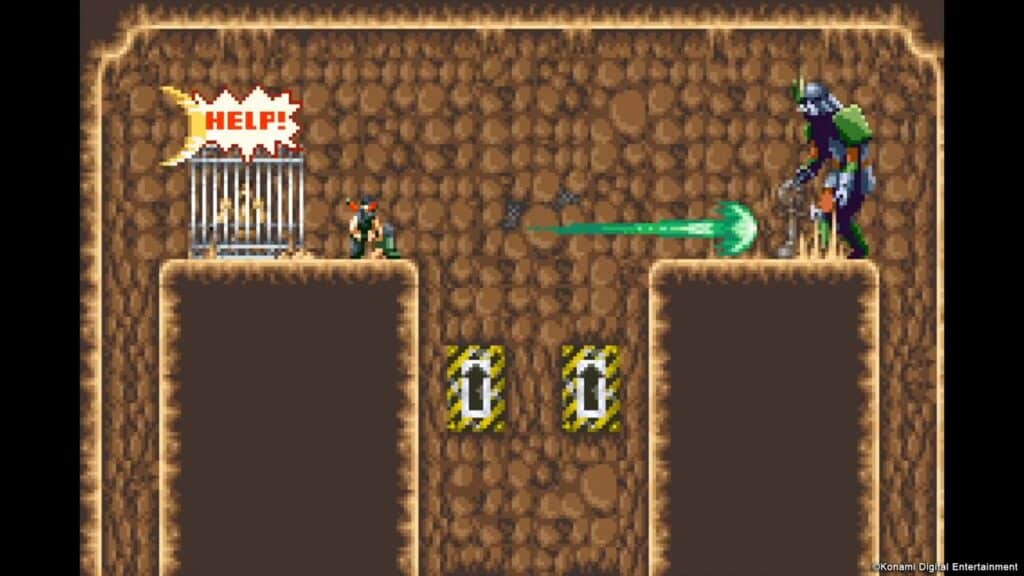
Classic Sprites with Modern Adjustments
For a Game Boy Advance title, Ninja Five-O holds up surprisingly well. The sprite work is clean, and animations are smooth, especially when swinging with the grappling hook. Enemy designs are varied enough to keep levels visually interesting, and the backgrounds do a decent job of setting the stage, even if they’re a bit simple by today’s standards.
The biggest issue comes from playing on a modern screen. The original sprites were designed for a much smaller display, so when stretched to full screen, they look rough. Thankfully, the port offers display options, including original resolution scaling and filters that help preserve the game’s pixel art.
The soundtrack is catchy but limited. The music fits the action, but with only a handful of tracks, it can get repetitive over time. Sound effects do their job, from sword slashes to enemy grunts, but they’re nothing special. The addition of a music player is a nice touch for those who want to revisit the soundtrack outside of gameplay.
While Ninja Five-O won’t blow anyone away visually, it still has a certain charm. The port’s display settings help smooth out some issues, and the game looks and plays best on a smaller screen.
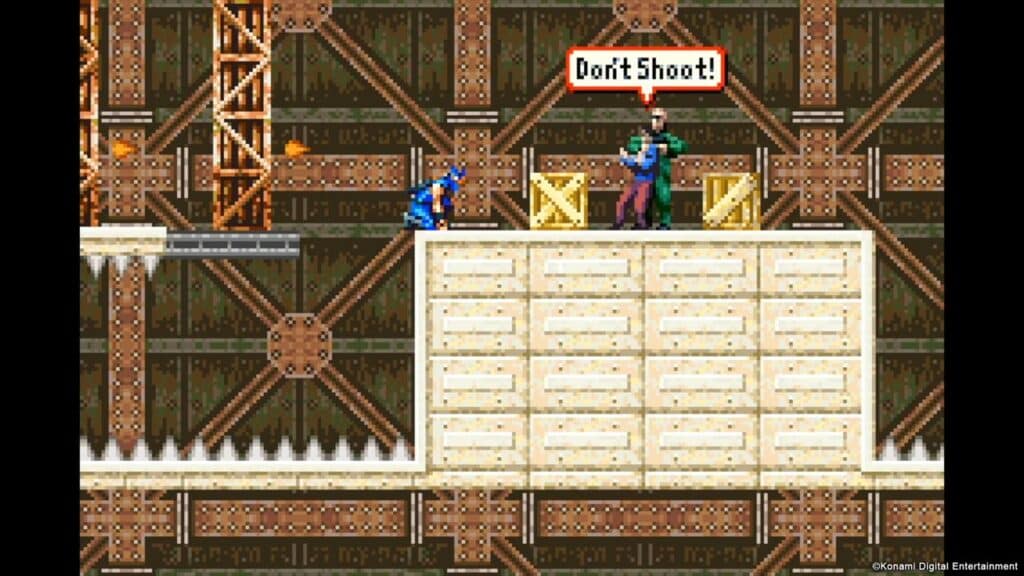
A Solid Return for a Lost Classic
Ninja Five-O didn’t get much attention when it first launched, but this re-release finally gives more gamers a chance to see what made it special. The mix of fast combat and grappling hook movement still holds up, even if the difficulty can be a bit harsh. With rewind and save states, it’s a lot easier to get through without as much frustration.
The biggest downside is the short runtime, but the harder difficulty and time trial mode give you a reason to replay it. The visuals work best in handheld mode, while larger screens make the pixel art look rough. The soundtrack does its job, though it repeats a lot. Even with a few rough edges, the core action keeps things fun all the way through.
If you never got to play Ninja Five-O before, this version is the easiest way to dive in. It’s a short but satisfying action game with tight controls and a unique mix of platforming and combat. If you like old-school arcade-style challenges, this one’s worth checking out.
Ninja Five-O

Summary
Ninja Five-O brings back the GBA cult classic with smooth platforming, fast combat, and a tricky but rewarding grappling hook. The added rewind and save states help with the challenge, but the game is still short, and stretched visuals don’t look great on larger screens. Boss fights are fun, and the action stays engaging, though the music can get repetitive. It’s a solid re-release that makes a rare game more accessible, and if you’re into classic arcade-style platformers, it’s worth checking out.
As always, remember to follow us on our social media platforms (e.g., Threads, X (Twitter), Bluesky, YouTube, and Facebook) to stay up-to-date with the latest news. This website contains affiliate links. We may receive a commission when you click on these links and make a purchase, at no extra cost to you. We are an independent site, and the opinions expressed here are our own.

